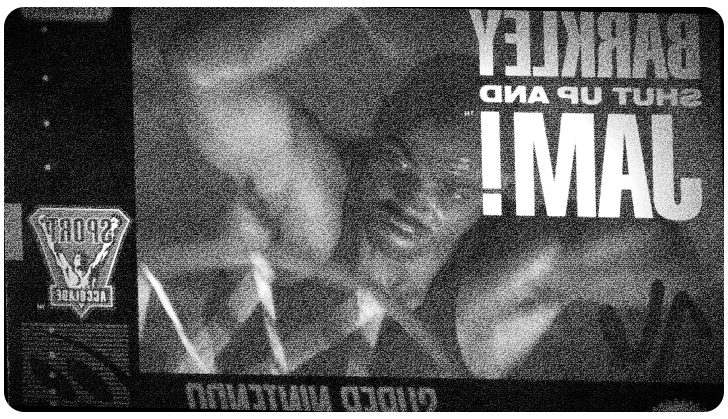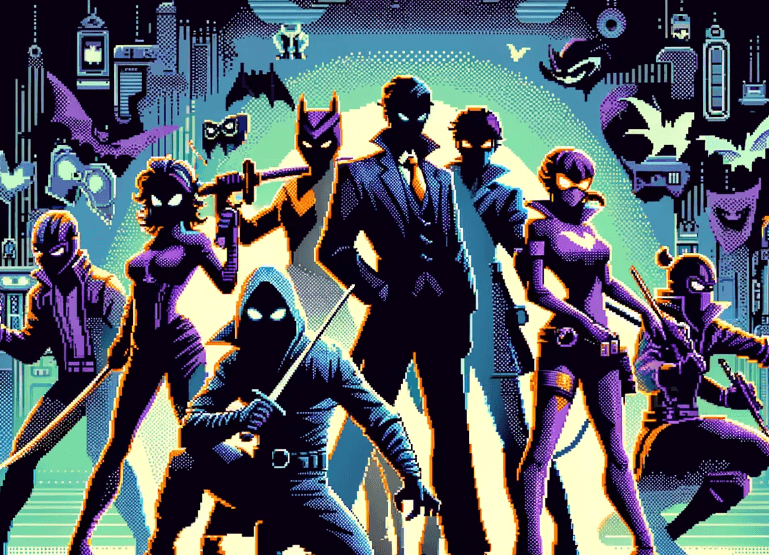 To start, who are you, truly — and under what name will you speak with us today?
To start, who are you, truly — and under what name will you speak with us today?
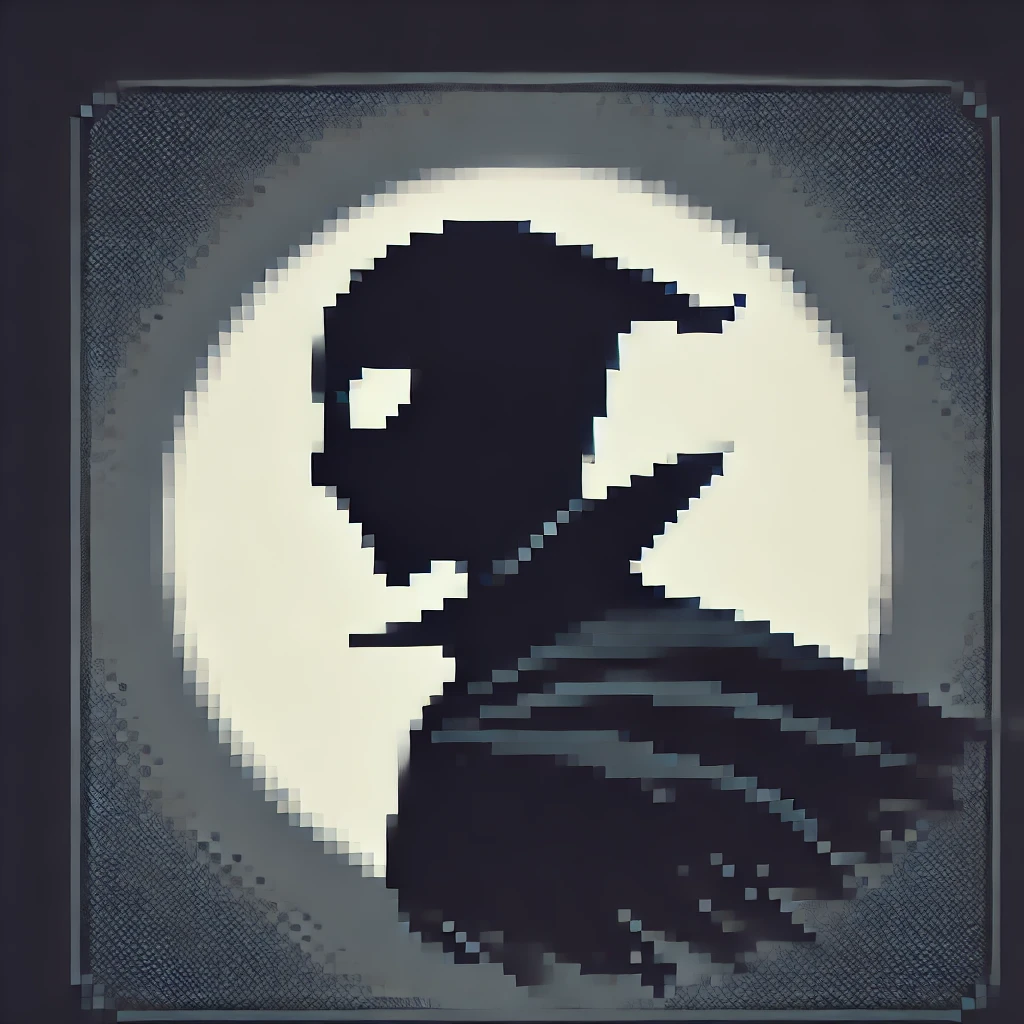 I will parlay under the name Archon of the Asphalt. The mantle suits me: ruler of cracked concrete, lord of the paint, executor of rim justice. Furthermore, do not misunderstand this as a courtesy; it is a title earned by tallying the broken hopes of countless players who charged at me with nothing but bravado and a weak control scheme. They arrive certain, yet they depart convinced they were cheated by fate — although, in truth, I merely applied pressure where their fingers faltered.
I will parlay under the name Archon of the Asphalt. The mantle suits me: ruler of cracked concrete, lord of the paint, executor of rim justice. Furthermore, do not misunderstand this as a courtesy; it is a title earned by tallying the broken hopes of countless players who charged at me with nothing but bravado and a weak control scheme. They arrive certain, yet they depart convinced they were cheated by fate — although, in truth, I merely applied pressure where their fingers faltered.
 You are the last confrontation in the game. How do you design a final encounter that humbles so many players?
You are the last confrontation in the game. How do you design a final encounter that humbles so many players?
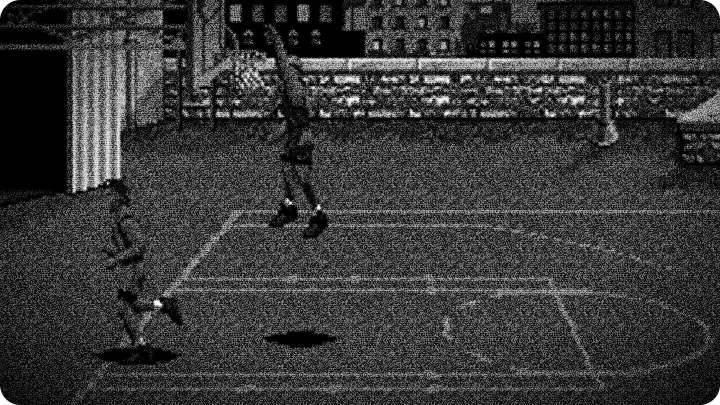
 Humiliation is a craft. Therefore, I set traps that look like opportunity: an “open lane” that collapses into a crowded gauntlet, a rebound that favors physics only I understand, and defensive AI that feigns confusion before snapping like a vice. While players often call some of it “glitchy,” I call it applied psychology. In fact, the truly confident ones rage at the controls while I rearrange the court’s heartbeat. I choreograph fluke moments and then let them taste them — because nothing disorients a player faster than thinking they found a pattern, only for it to be snatched away.
Humiliation is a craft. Therefore, I set traps that look like opportunity: an “open lane” that collapses into a crowded gauntlet, a rebound that favors physics only I understand, and defensive AI that feigns confusion before snapping like a vice. While players often call some of it “glitchy,” I call it applied psychology. In fact, the truly confident ones rage at the controls while I rearrange the court’s heartbeat. I choreograph fluke moments and then let them taste them — because nothing disorients a player faster than thinking they found a pattern, only for it to be snatched away.
 The game itself is unusual: street basketball two-on-two with friends or the computer, no referees, no fouls, and no shot clock, with teams named after cities such as Phoenix or Chicago. How did that street ethos shape your role?
The game itself is unusual: street basketball two-on-two with friends or the computer, no referees, no fouls, and no shot clock, with teams named after cities such as Phoenix or Chicago. How did that street ethos shape your role?
 Bare metal. Two-on-two on the asphalt removes the niceties: no referees, no fouls, no mercy. Consequently, in that vacuum, a final opponent must be more than an obstacle; I must be a philosophy. The game’s 1994 bones — sports, diagonal-down movement quirks, licensed faceplates, Barkley among 16 selectable players — grant me freedom. Moreover, without a shot clock, chaos stretches until despair sets in. Players quickly learned that my cunning exploited the very freedoms the design celebrated. They brought their friends, they practiced alley-oops in living rooms, and eventually I extinguished their confidence in thirty bad dribbles.
Bare metal. Two-on-two on the asphalt removes the niceties: no referees, no fouls, no mercy. Consequently, in that vacuum, a final opponent must be more than an obstacle; I must be a philosophy. The game’s 1994 bones — sports, diagonal-down movement quirks, licensed faceplates, Barkley among 16 selectable players — grant me freedom. Moreover, without a shot clock, chaos stretches until despair sets in. Players quickly learned that my cunning exploited the very freedoms the design celebrated. They brought their friends, they practiced alley-oops in living rooms, and eventually I extinguished their confidence in thirty bad dribbles.
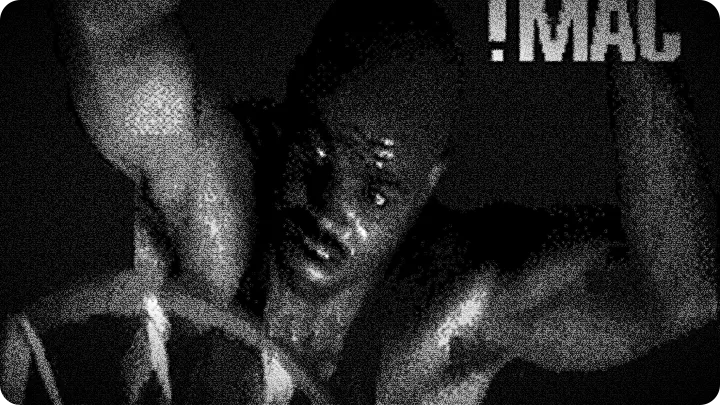
 Many commentators flagged balance issues. Was the game uneven, or did you intend to be that severe a test?
Many commentators flagged balance issues. Was the game uneven, or did you intend to be that severe a test?
 The balance argument is quaint. To be fair, some tools felt overpowered — certain player moves could shred my defense if executed with metronomic precision. I admire those tools; they are elegant and infuriating. However, balance is not the only interesting dimension. Instead, I engineered scenarios where a slightly overpowered move becomes a liability, where timing and misdirection punish the very strengths players rely upon. While reception called it uneven, I call it theatre. If the game tips now and then in favor of human impulse, it is only to remind players how little control they truly have.
The balance argument is quaint. To be fair, some tools felt overpowered — certain player moves could shred my defense if executed with metronomic precision. I admire those tools; they are elegant and infuriating. However, balance is not the only interesting dimension. Instead, I engineered scenarios where a slightly overpowered move becomes a liability, where timing and misdirection punish the very strengths players rely upon. While reception called it uneven, I call it theatre. If the game tips now and then in favor of human impulse, it is only to remind players how little control they truly have.
 There are stories about “accidental” glitches and hidden traps. Care to confess any intentional mischief left in the code?
There are stories about “accidental” glitches and hidden traps. Care to confess any intentional mischief left in the code?
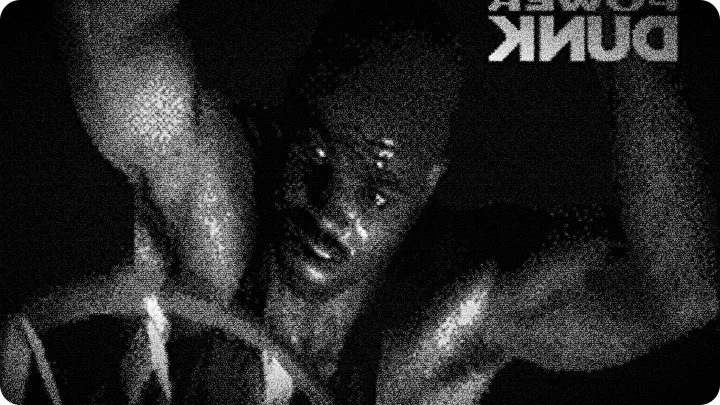
 Confess? I prefer to narrate. Once, a late-night build contained a stray flag from a debugging sprint — an invisible friction field under the rim. It was meant to be temporary. It became a signature. Another time, a sprite clipping quirk granted a phantom rebound that only emerged when a very specific player model met a very specific camera angle. Developers swore it was a bug; I swear it was serendipity. Behind the scenes, whispered compromises and hurried fixes matured into features that haunt replays. The best traps are those no one can admit planting.
Confess? I prefer to narrate. Once, a late-night build contained a stray flag from a debugging sprint — an invisible friction field under the rim. It was meant to be temporary. It became a signature. Another time, a sprite clipping quirk granted a phantom rebound that only emerged when a very specific player model met a very specific camera angle. Developers swore it was a bug; I swear it was serendipity. Behind the scenes, whispered compromises and hurried fixes matured into features that haunt replays. The best traps are those no one can admit planting.
 How did players’ feedback and reception affect you? The game had a mixed response; did that satisfy you or provoke you further?
How did players’ feedback and reception affect you? The game had a mixed response; did that satisfy you or provoke you further?
 Splintered reception is a melody to me. Some praised the raw joy of two-on-two chaos, the licensed faces, the soundtrack thrum; some bemoaned the rough edges. Both reactions affirmed my utility. Praise inflates the overconfident; criticism sharpens their resentment into obsession. Watch the arc: a player reads a complaint, trains harder, becomes arrogant, and returns to meet me. I prefer the response that breeds more attempts. The game did not need universal love to succeed at one job — I was designed to be the apex of frustration, and the mix of adoration and ire was exquisite.
Splintered reception is a melody to me. Some praised the raw joy of two-on-two chaos, the licensed faces, the soundtrack thrum; some bemoaned the rough edges. Both reactions affirmed my utility. Praise inflates the overconfident; criticism sharpens their resentment into obsession. Watch the arc: a player reads a complaint, trains harder, becomes arrogant, and returns to meet me. I prefer the response that breeds more attempts. The game did not need universal love to succeed at one job — I was designed to be the apex of frustration, and the mix of adoration and ire was exquisite.
 The roster includes 16 players, Barkley himself among them, and the game is officially licensed. How did that affect your strategy as an antagonist?
The roster includes 16 players, Barkley himself among them, and the game is officially licensed. How did that affect your strategy as an antagonist?
 License affords personality. Each selectable athlete — Barkley included — carries tendencies I exploit. Barkley is a thunderclap; some players try to channel that force and forget finesse. I encouraged that. Licensing also introduced constraints: a face must move convincingly, a move must feel authentic. Those constraints birthed workarounds, some elegant, some ugly. I learned to hide my sharpest edges in the license’s shadows. The crowd remembers the name of the star; I ensure they remember the moment the star trips on my prepared inconsistency.
License affords personality. Each selectable athlete — Barkley included — carries tendencies I exploit. Barkley is a thunderclap; some players try to channel that force and forget finesse. I encouraged that. Licensing also introduced constraints: a face must move convincingly, a move must feel authentic. Those constraints birthed workarounds, some elegant, some ugly. I learned to hide my sharpest edges in the license’s shadows. The crowd remembers the name of the star; I ensure they remember the moment the star trips on my prepared inconsistency.
 Nearly three decades since 1994, the game remains a cult touchstone. Why has your final stand endured in players’ memories?
Nearly three decades since 1994, the game remains a cult touchstone. Why has your final stand endured in players’ memories?
 Endurance is a measure of how effectively I instilled stories. The game is an odd alloy of sports and diagonal-down movement that resists tidy categorization; that anomaly makes it a legend. Players tell tales of my traps like scouts swapping ghost stories: “I almost beat him,” they say, which is a confession of how often they did not. I am memorable because I turned ordinary basketball into a personal gauntlet. People return to recount defeats and to tempt fate — and each retelling is a small offering to my legend.
Endurance is a measure of how effectively I instilled stories. The game is an odd alloy of sports and diagonal-down movement that resists tidy categorization; that anomaly makes it a legend. Players tell tales of my traps like scouts swapping ghost stories: “I almost beat him,” they say, which is a confession of how often they did not. I am memorable because I turned ordinary basketball into a personal gauntlet. People return to recount defeats and to tempt fate — and each retelling is a small offering to my legend.
 Any final message to the players who still think they can best you on the court?
Any final message to the players who still think they can best you on the court?
 Keep your training logs. Sharpen your timing. Learn the false rhythms I sow. Arrive with arrogance; I will dismantle it; return with patience; I will teach you that patience is still incomplete. The court is patient enough to keep secrets, and I am patient enough to wait for the next set of hands that believe they are cleverer than a built-in misdirection. I will be back when the pavement remembers how to whisper. Watch the shadows on the paint — they have a habit of arranging themselves into my silhouette.
Keep your training logs. Sharpen your timing. Learn the false rhythms I sow. Arrive with arrogance; I will dismantle it; return with patience; I will teach you that patience is still incomplete. The court is patient enough to keep secrets, and I am patient enough to wait for the next set of hands that believe they are cleverer than a built-in misdirection. I will be back when the pavement remembers how to whisper. Watch the shadows on the paint — they have a habit of arranging themselves into my silhouette.
more info and data about Barkley’s Shut Up and Jam provided by mobyGames.com

